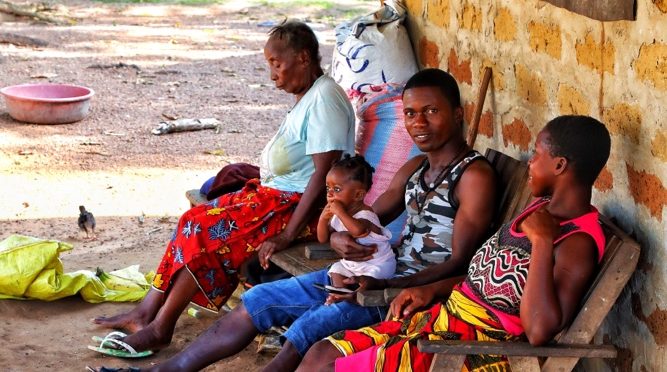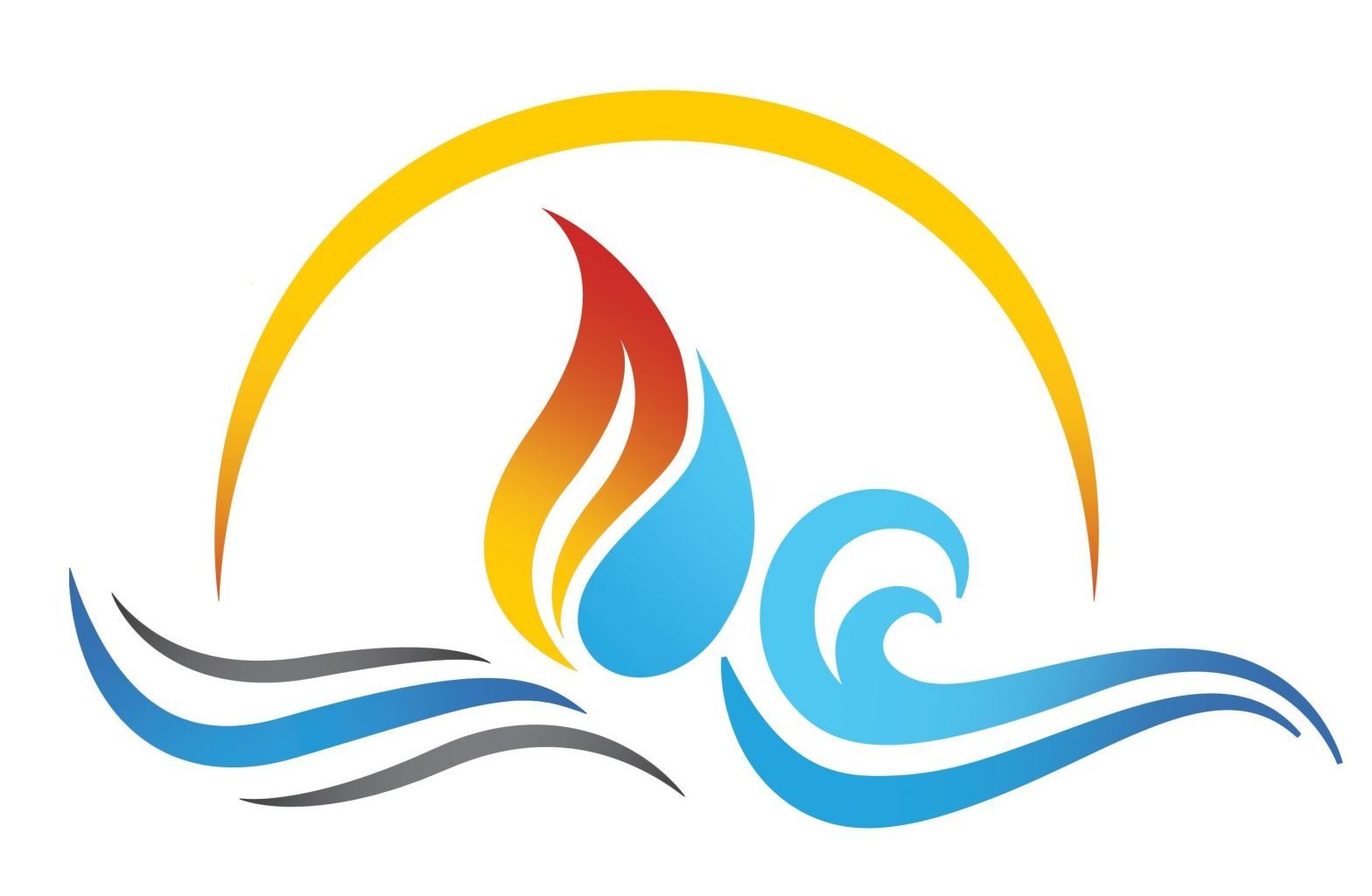
Energy poverty is the largest limiting factor to economic growth in the world
Around 4 billion people lack enough electricity to enjoy a life with better living standards and economic opportunities. Poor electrical access is present in both the developing and underdeveloped world.

~50% of Sub-Saharan Africa’s population do not have access to electricity
IEA reports that Sub-Saharan Africa currently has the lowest electrification access rate in the world – ~50% of Sub-Saharan Africa’s population do not have access to electricity – and even this “access” is significantly below world averages. The population of Africa will double in the coming decades and they will need better, cleaner energy sources.

Remote Indigenous and Extractive Industry communities in Canada and Australia rely on Diesel power generation with very expensive fuel transportation and storage costs combined with significant GHG emissions.
Many Remote and Extractive Industry communities across South America, Middle East, and Asia have shortages of power or unreliable power with Conventional Power Generation with high costs and emissions.

Remote island communities in Melanesia, Micronesia, and Polynesia similarly rely on Diesel power generation with similar cost and emission challenges.

According to some estimates, ~3 billion humans rely on biomass like wood, dung, and charcoal for cooking and heating. Fuels like this have significant public health implications including increased infant mortality and respiratory challenges for elderly people.
Access to electricity is particularly crucial to human development as electricity is indispensable for certain basic activities, such as lighting, refrigeration/cooling, and communications, and cannot easily be replaced by other forms of energy. Use of energy is important in improving people’s standard of living including access to clean water and improved sanitation. As parts of the world are taking advantage of the Internet and Digital technologies and tools, many of these other communities need electricity to access the same benefits for education, business, and commerce.
